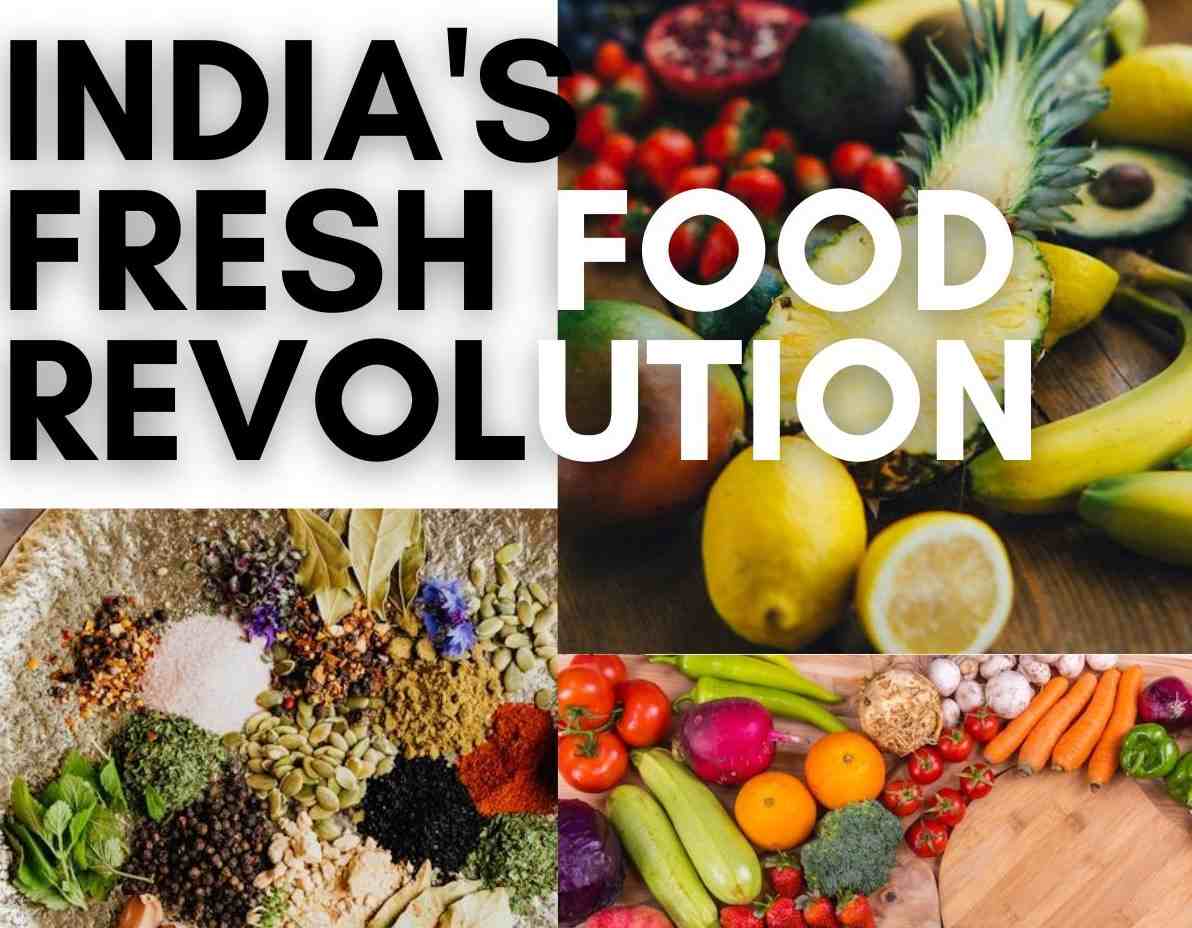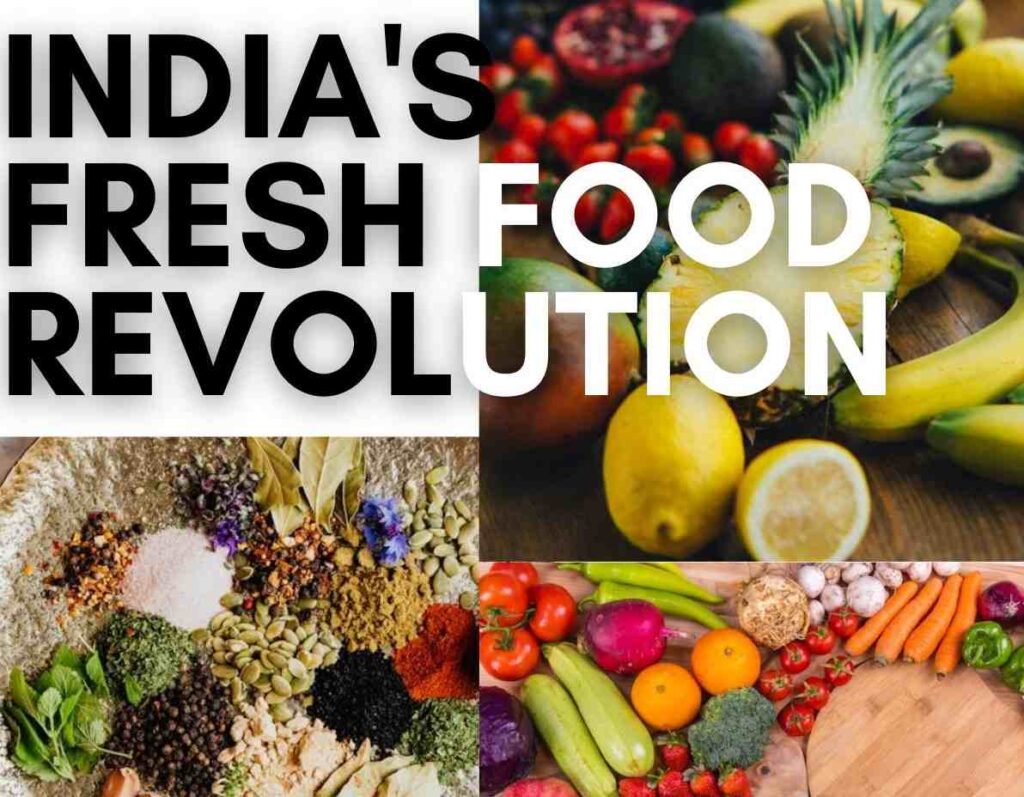
Fresh Revolution: The Ascendance of Direct Ingredient Sourcing in India

In India, a burgeoning movement is underway, reshaping how fresh, local ingredients are procured directly from their sources. This transformative trend is powered by a convergence of factors: an increasing awareness of food safety and health, a demand for transparency and traceability in the food chain, and a growing appreciation for the distinctive flavors and textures of locally-sourced produce. This revolution not only responds to consumer preferences but also opens up exciting opportunities for entrepreneurs ready to cater to this evolving demand.
Driving Forces Behind the Fresh Ingredient Movement:
- Health and Safety Concerns: With a rising consciousness about pesticides, preservatives, and artificial additives in food, consumers are turning to direct sourcing from farmers for fresh, healthy produce, free from contaminants.
- Transparency and Traceability: Consumers crave knowledge about the origins and production processes of their food. Direct sourcing fosters connections between consumers and farmers, building trust in the quality and sustainability of their food choices.
- Appreciation for Local Flavors: Local ingredients boast unique flavors and textures often lost in mass production and long-distance transportation. The demand for a “farm-to-table” experience fuels the desire for fresh, locally-sourced produce.
Entrepreneurial Avenues in the Fresh Ingredient Movement:
- Online Platforms: Create digital platforms connecting farmers directly with consumers, cutting out intermediaries and ensuring fair pricing.
- Subscription Boxes: Curate and deliver boxes of fresh, seasonal produce directly to consumers’ doorsteps.
- Community Supported Agriculture (CSA) Programs: Forge partnerships between local farms and communities, allowing consumers to subscribe to a regular supply of fresh produce.
- Farmer’s Markets: Organize and promote farmer’s markets for direct consumer-farmer interactions, fostering community engagement and supporting local agriculture.
- Direct-to-Restaurant Partnerships: Facilitate connections between farmers and restaurants or chefs seeking fresh, high-quality ingredients for their menus.
- Food Processing and Packaging: Develop businesses that aggregate, process, and package fresh produce for wider distribution, enhancing shelf life and accessibility while maintaining quality.
- Food Education and Advocacy: Raise awareness about the benefits of fresh, locally-sourced ingredients through educational workshops, cooking demonstrations, and community outreach programs.
Advantages of the Fresh Ingredient Trend:
- Improved Health and Nutrition: Fresh ingredients are inherently more nutritious and devoid of harmful chemicals, contributing to a healthier population.
- Increased Economic Activity: Direct sourcing supports local farmers, revitalizing rural communities and contributing to economic development.
- Environmental Sustainability: Reduced reliance on long-distance transportation and packaging minimizes carbon footprint, promoting sustainable food systems.
- Enhanced Food Security: Direct sourcing strengthens food supply chains, reducing dependence on imported food and ensuring greater food security.
- Cultural Revival: Appreciation for local produce fosters the rediscovery of traditional food cultures and the preservation of indigenous farming practices.
The surging popularity of fresh ingredients in India not only represents a significant market opportunity but also a chance to contribute to a healthier, more sustainable, and vibrant food ecosystem. Entrepreneurs, by embracing this trend and innovating within it, can play a pivotal role in shaping the future of the country’s food landscape.




